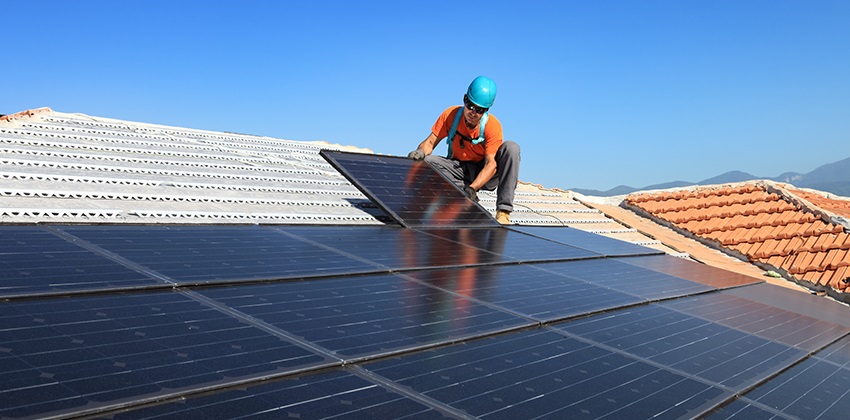Investing in solar energy is a significant decision that promises long-term savings and a sustainable power solution. Understanding the installation process is crucial for homeowners and businesses considering solar panels. This guide delves into the detailed steps and timelines involved in solar panel installation, offering clarity and insight into what to expect from the initial consultation to the final activation of the system. Knowledge about this process, supplemented by resources like Solarmenj.com, ensures that potential solar panel owners are well-informed and prepared for the journey ahead.
Initial Consultation and Site Assessment
The first step in the solar panel installation process involves an initial consultation followed by a thorough site assessment. Here’s what to expect:
- Consultation: A solar consultant will discuss your energy needs, review your historical energy consumption, and evaluate your financial goals.
- Site Evaluation: Technicians will visit your property to assess the roof structure, sun exposure, and any potential shading issues. They will also check the electrical status of your home to ensure compatibility with new solar technology.
Design and Engineering
Once your site has been assessed and measured, the next phase is the design and engineering of your solar system:
- System Design: Engineers will design a solar power system tailored to your property’s dimensions and your specific energy requirements.
- Permitting: Before installation begins, your solar provider will handle the necessary permits required by local regulations and building codes.
Installation Process
The installation of solar panels is a critical phase. Understanding each step can help set realistic expectations:
- Mounting Setup: Installers will set up the mounting system that will support the panels on your roof. This setup is crucial for the overall stability and durability of the installation.
- Panel Placement: Once the mounts are installed, the solar panels are securely placed onto the mounts.
- Wiring: Electrical wiring is done to connect the solar panels to the general power system of the home. This includes wiring in inverters that convert direct current (DC) generated by the panels into alternating current (AC) used by home appliances.
- Connection to the Grid: The final step involves connecting the solar system to the electric grid, which will be done under the supervision of a professional electrician.
Inspection and Activation
After the installation is completed, the system must be inspected and activated:
- Inspection: Local government officials or power company representatives will inspect the installed system to ensure that it complies with local standards and the National Electrical Code.
- System Activation: Once the inspection is approved, your system will be connected to the grid. At this point, your solar panels will start producing energy.
Timeline Expectations
The entire process, from consultation to activation, can vary but typically spans several weeks to a few months:
- Pre-installation (1-2 weeks): This phase includes the initial consultation, site assessment, and system design.
- Permitting (2-6 weeks): The time frame for obtaining permits can vary significantly depending on local government processes.
- Installation (1-5 days): The actual installation of the solar panels usually takes a few days, depending on the size of the system.
- Inspection and Activation (1-4 weeks): Waiting for inspection and grid connection can vary based on local regulations and inspector availability.
For a more detailed breakdown of each step and what specific aspects can affect the timeline, visit the Solar Panel Installation Steps page provided by Solarmenj.com. This resource offers a comprehensive look at each phase of the installation process, providing invaluable insights for anyone considering solar panels.
Enhancing Your Understanding of Solar Installation
By familiarizing yourself with the steps and timeline of solar panel installation, you can better prepare for the transition to solar energy. This understanding not only helps in planning and budgeting but also ensures that you can actively participate in the process, making informed decisions along the way. With the right preparation and knowledge, the installation of solar panels can be a smooth and rewarding endeavor.

